Basking in the Sun
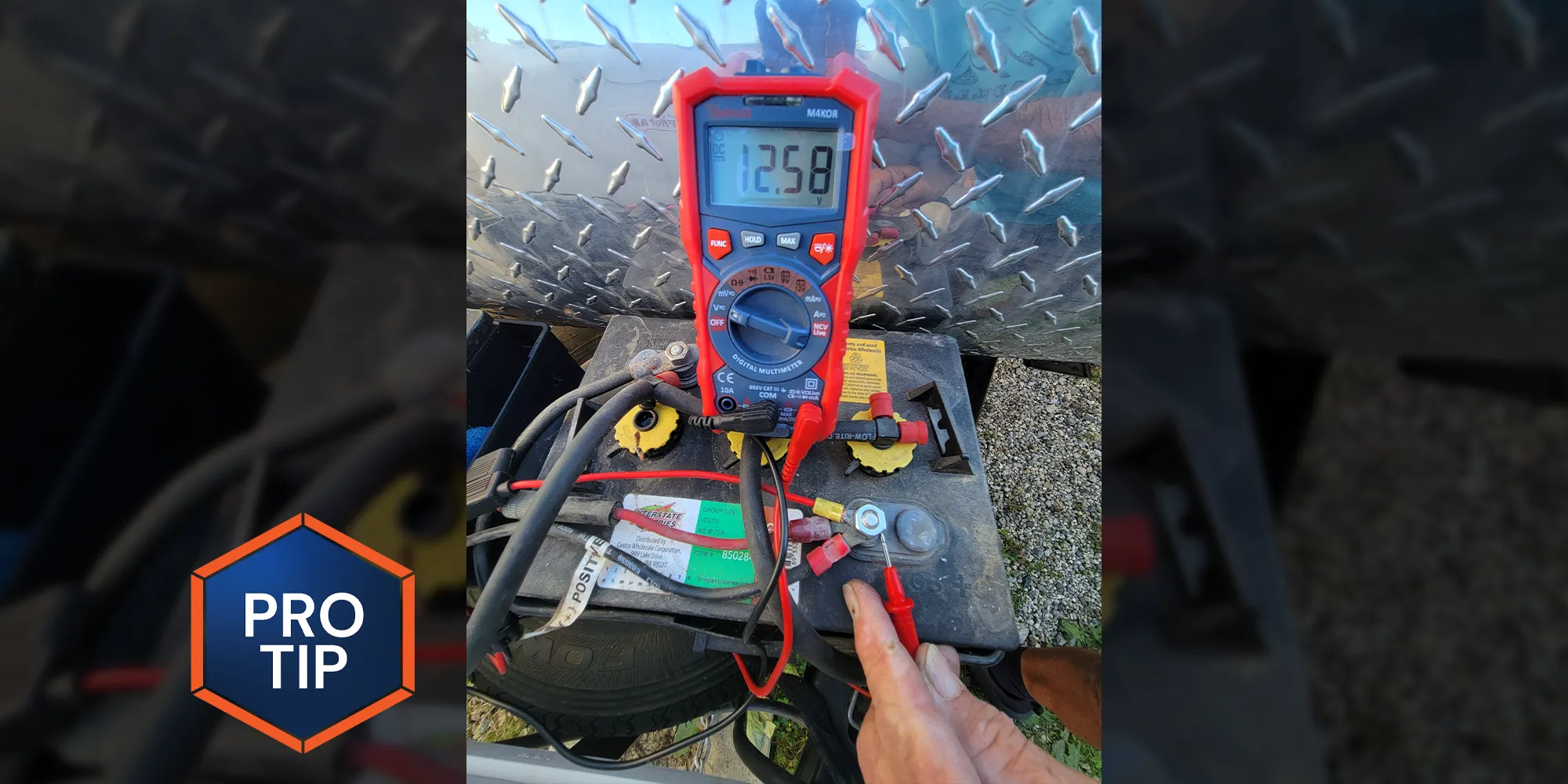
That’s all fine and dandy as long as there is sun exposure — but if the RV is covered while in storage, there’s almost no chance that the battery(ies) can be maintained properly if there is no access to electricity where the rig is parked.
An acquaintance keeps his trailer covered and was frustrated that his solar system was not capable of keeping the batteries fully charged between trips, which led to sulfation, performance issues and premature battery failures. My suggestion was to utilize a portable suitcase-style solar panel system complete with charge controller, tilt brackets and a long cable with alligator clips that simply connect to the batteries. The portable panels could be set up in the right direction for full sun exposure and maintain the batteries automatically.
Renogy offers a good 100-watt foldable suitcase kit for this purpose and it includes two 50-amp mono-crystalline panels, the regulator and a long cable with alligator clips; it sells for $199.99 (on sale). Normally, the cable is connected to the battery(ies) via the alligator clips but in this case, rather than fumble with removing the battery-box strap and the lid every time the panels were put into service or stored, they were hard-wired to the batteries. The alligator clips were cut off and terminals installed to connect the wiring directly to the batteries (two 6-volt batteries wired in series). The hook-and-loop strap that came with the kit was utilized to keep the coiled-up cable secured to one of the battery cables when not in use. Now, the hook-up cable can be connected to the shorter pigtail (from the regulator) via the supplied two waterproof plugs very quickly.
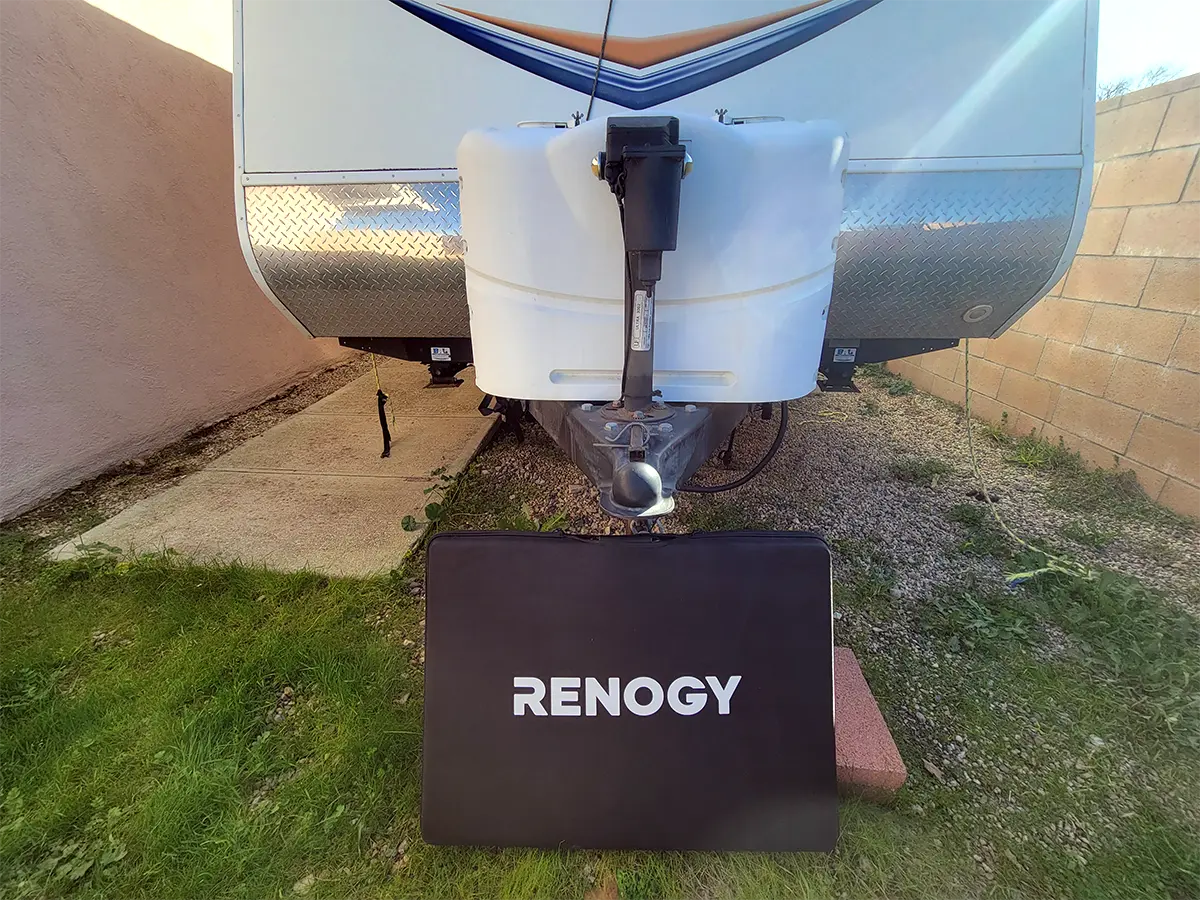
Attached to the back of one solar panel is the Voyager five-stage “smart” controller that’s rated at 20 amps and suitable for expanding the kit to 200 watts with the connection of additional panels. The controller can be set for flooded cell, AGM or lithium batteries. The readout on the controller can be toggled to display charge rate and a few other custom settings to suit your needs.
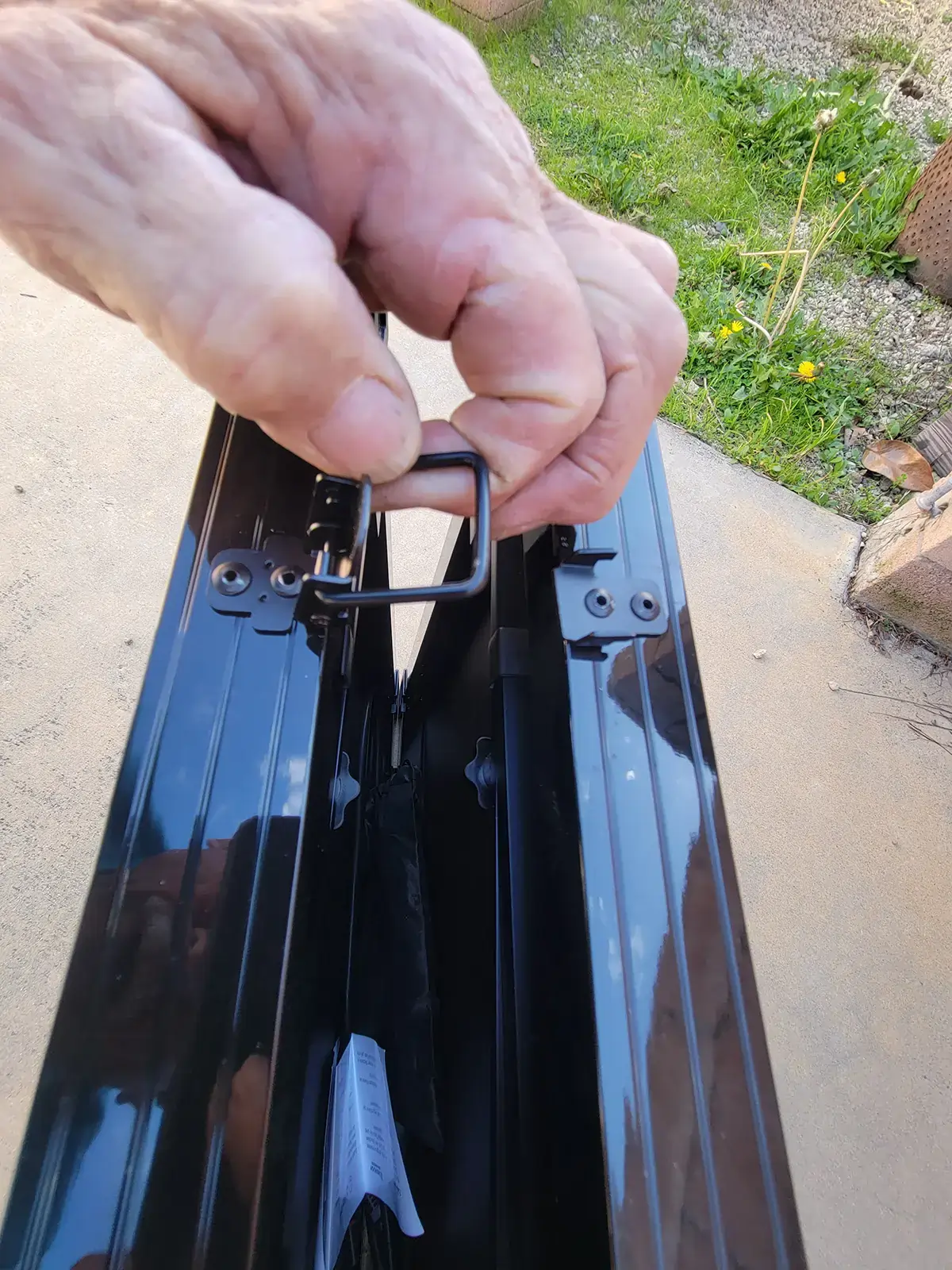
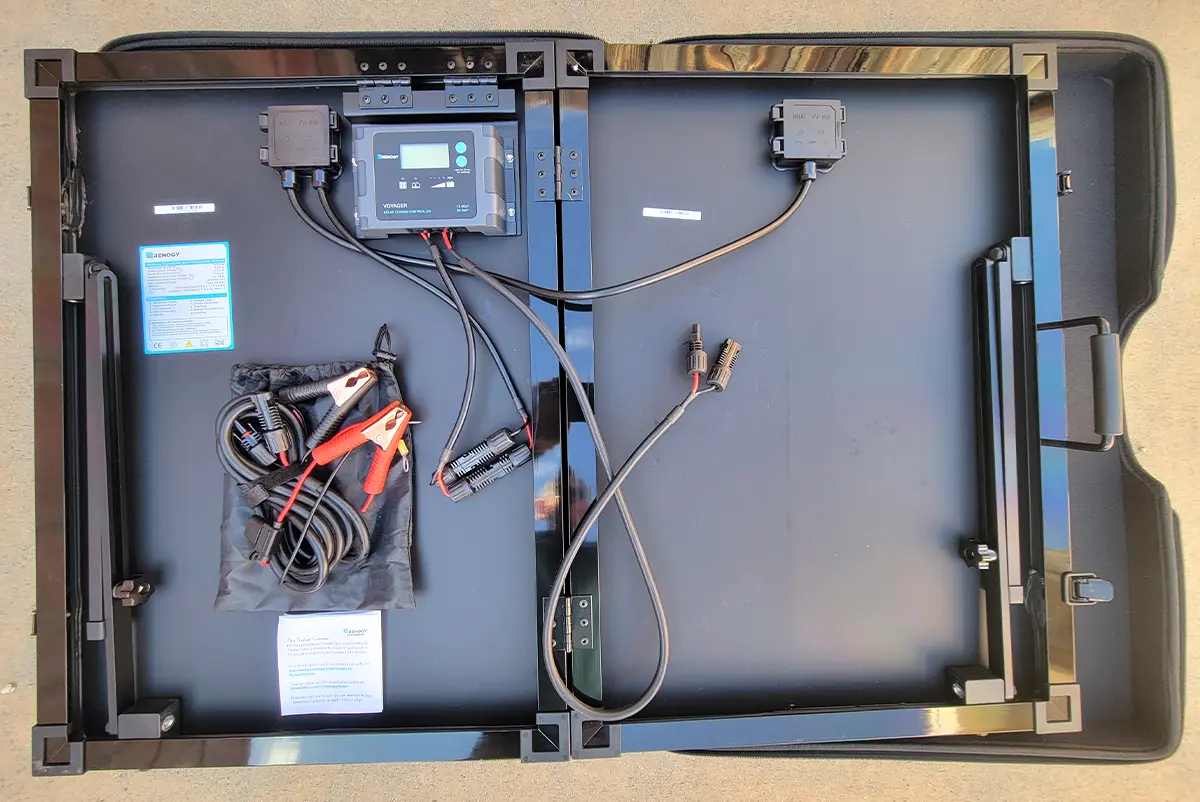
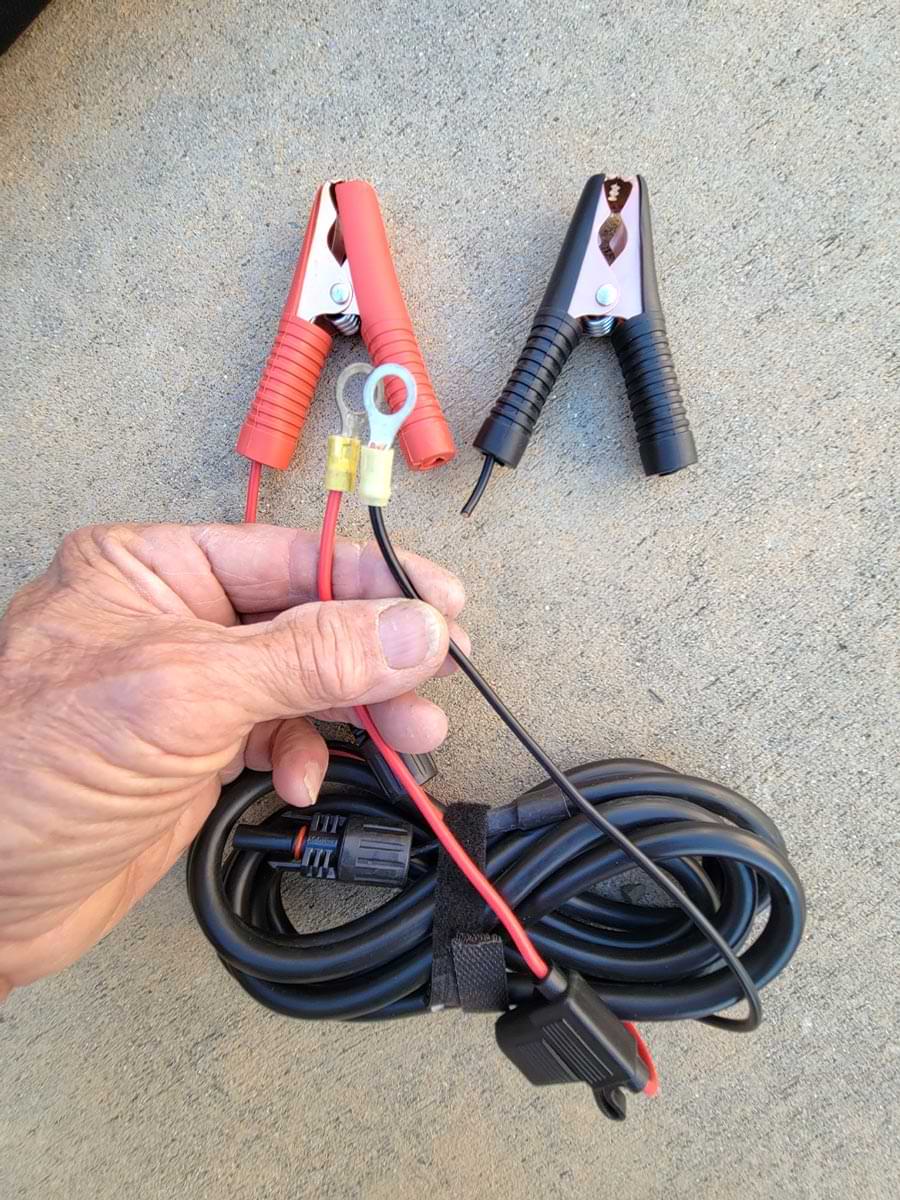
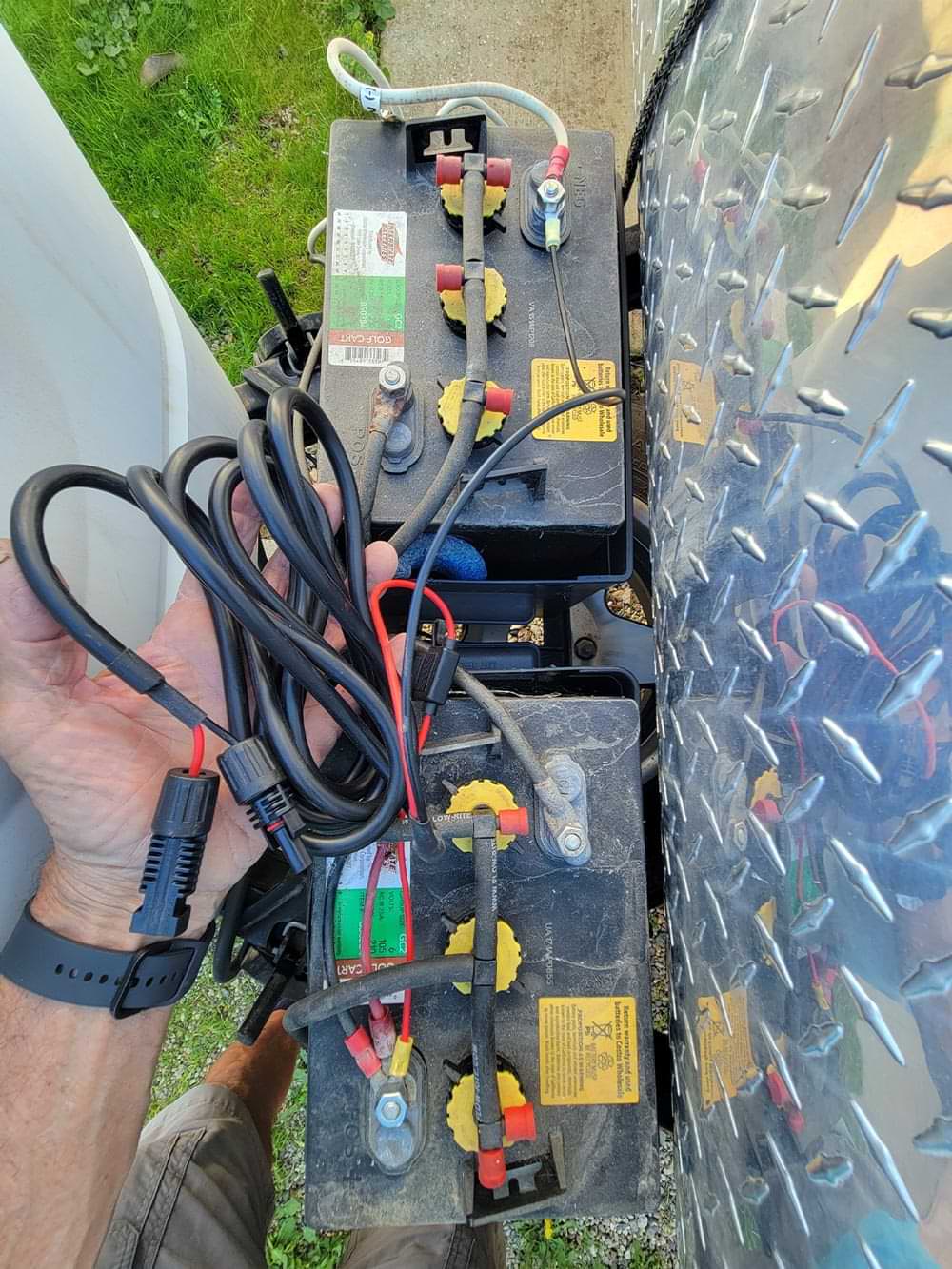
The single kit weighs 27 pounds and can be carried easily using the heavy-duty handle on the “suitcase.” A protective, soft case is designed to absorb the impact from dropping the panels or when riding in a storage compartment. Setting up the panels takes only a few minutes by simply unfolding the panels and extending the aluminum telescoping brackets, which are stout enough to keep the panels pointed properly, even in fairly strong winds.
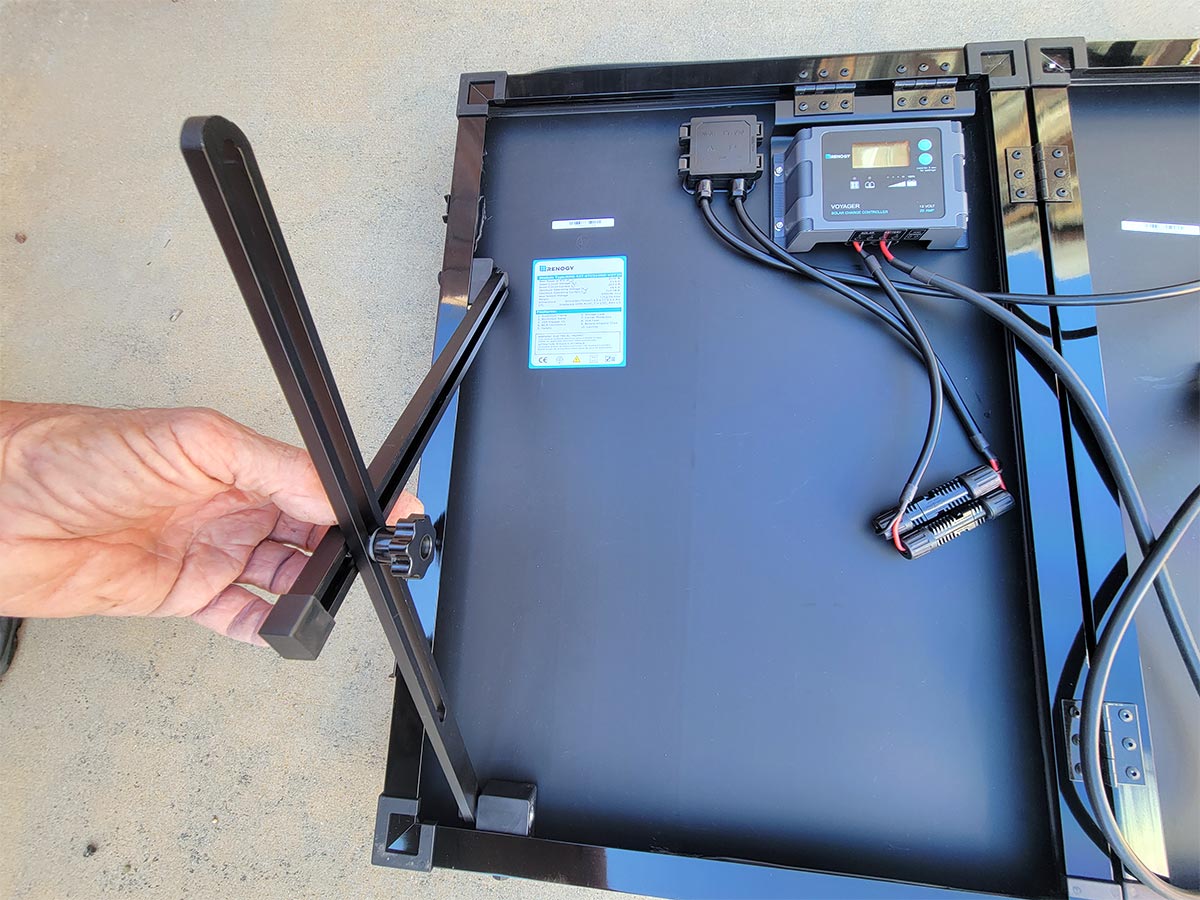
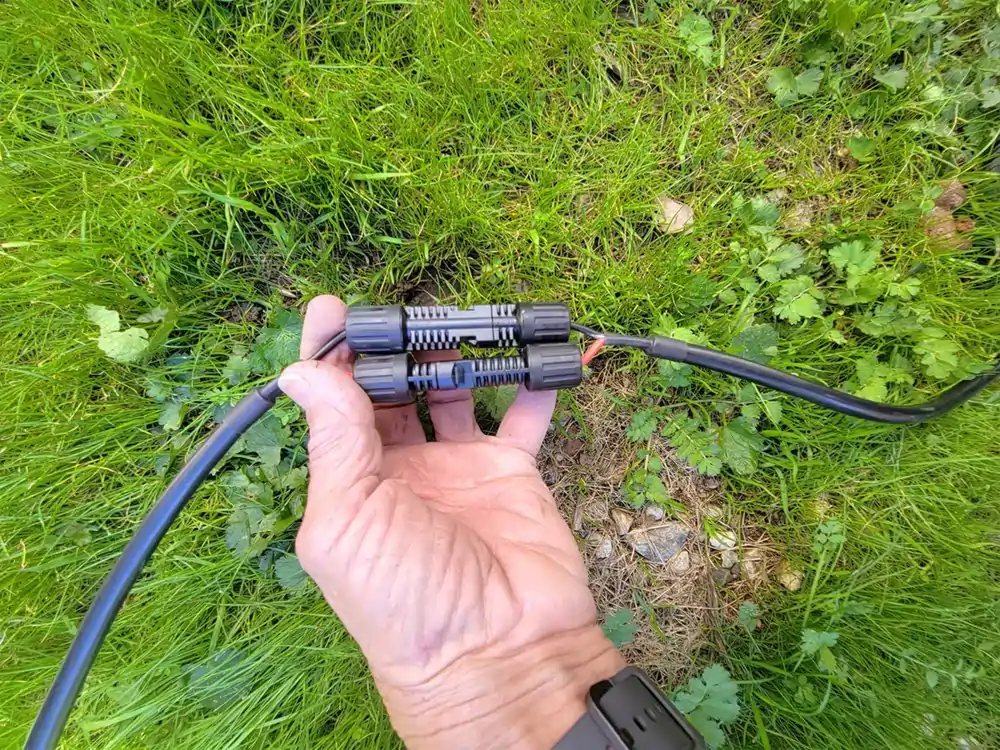

Already a Subscriber? Click here for Access to the Full Issues.

